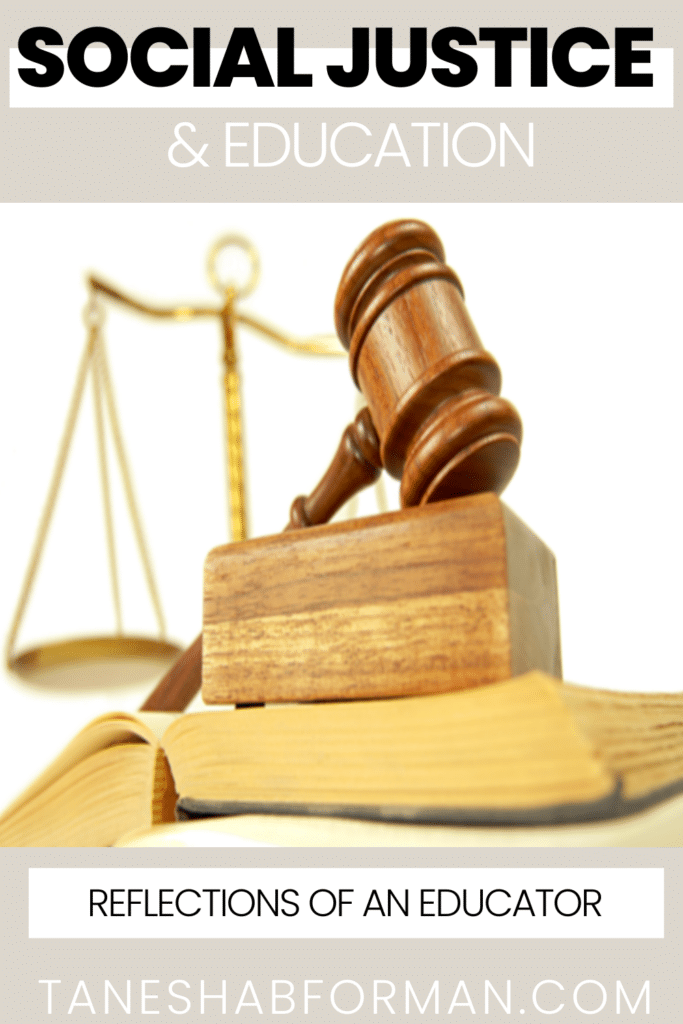
Menu

I became a teacher because I wanted to fight for inequality in education. Growing up I was a firsthand witness to the fact that many students from low income communities and/or children of color were not receiving an education on par with their more affluent peers (there are numerous statistics and studies that support this statement). As the first college graduate from my family, I sought to fight this injustice. This has been a long battle that I have only been in for eight and half short years (six as a teacher, two and half working for a nonprofit). The last month or so have been rough for me as I’ve reflected on my own progress. The Mike Brown, Eric Garner, and Tamir Rice cases have me grappling with what it means to be an educator for social justice. I’ve had some bright spots, but in so many ways I’ve fallen short. I believe I’ve grown a little complacent and comfortable. I haven’t spoken up enough. I haven’t engaged in enough direct action. I’ve tried to “fit in.” I’ve become what I sought to fight against, and it hurts. As I start the new year, I aim to use my voice, this blog, and my various leadership platforms to realign with my purpose as an educator. It is my hope that others will join in on the conversation and share your honest opinions, even if they are divergent from my own thinking. There is so much we can learn from one another. In the words of Robert F. Kennedy, “Few will have the greatness to bend history itself; but each of us can work to change a small portion of events, and in the total; of all those acts will be written the history of this generation.” I am reenergized and ready to get to work.
There are likely numerous interpretations of social justice and what it is in practice. I am learning and developing my own understanding so instead of giving a definition, I tried to boil it down to what it is/is not. I’m certainly no expert and would love to hear the perspectives of others.
**NOTE: I recognize that some teachers have more agency than others. There are schools that would prefer not to speak about current events, especially those events that are “controversial.” That said, teachers have to be innovative and do what’s comfortable. One thing I’ve found helpful is not getting consumed by doing EVERYTHING, but just trying to do something.
 Please click {here} for the entire lesson!
Please click {here} for the entire lesson!
Sign up and access the FREE resources to support your Anti-Bias/Anti-Racism journey.

I'm a current middle school administrator who loves breaking down complex topics and providing opportunities for educators learn, reflect, practice, and implement methods that foster equity and anti-racism. I believe we win together!


I’m a current middle school administrator who loves breaking down complex topics and providing opportunities for educators learn, reflect, practice, and implement methods that foster equity and anti-racism. I believe we win together!
©2020 Tanesha B. Forman.
All Rights Reserved.
Designed by Ashley Hughes.